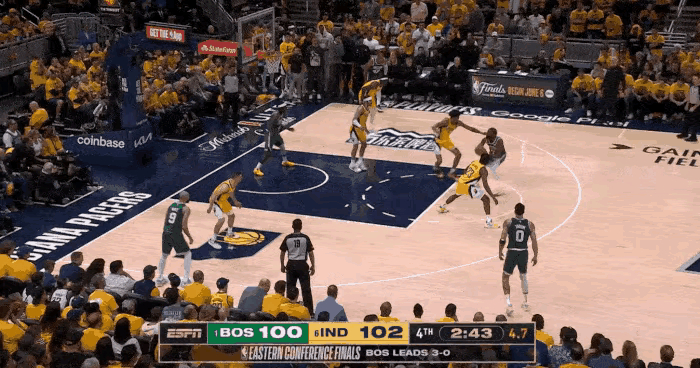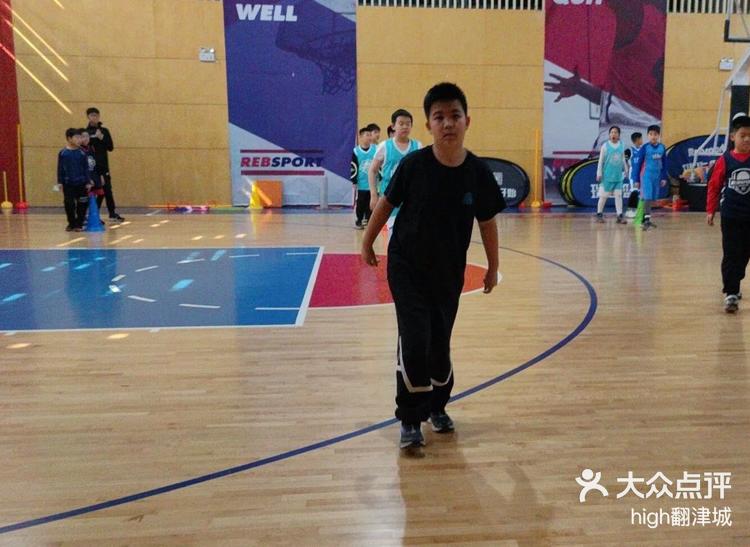Keep practicing and practice makes perfect ~~ Then whatBasketball Garden Step, it's just passing the ball, practice passing more ~ Also, you need to exercise your vision ~ Don't stop looking at your teammates as soon as you hold the ball. You need to observe the position of your teammates and the position of the defender to make the most correct judgment. Finally, practice shooting ~ In fact, the key is still one word practice ~~ Only by putting in sweat can you be rewarded ~~ Basic steps dribbling and throwing a layup; The eight basic footwork for basketball include the forward and backward movement steps that allow the player to move quickly forward or backward to cope with changes on the court requiring a low center of gravity, and the quick and stable movement by bending the knees and waist. The left and right movement steps help the player move in the lateral direction. Maintaining flexibility in the direction is crucial for defensive turns and rapid direction changes requires maintaining body balance during execution, and moving sideways by shifting the center of gravity and quickly adjusting the direction of the footsteps.
1 The length of the basketball court is 28 meters and the width is 15 meters. According to this size, it takes 56 steps to complete the length of the court, and 30 steps to complete the width. 2 Under normal circumstances, the walking interval of a person is about 50 centimeters. That is, 05-meter3 The basketball court requirement is a solid rectangular plane without obstacles. The standard size is 28 meters long and 15 meters wide. 4 It is calculated that 28 meters divided by 05 meters equals 56 steps. 15 meters divided by 05 meters equals 30 steps to 5 basketball courts; Violation determination During the dribbling process, once a player walks more than two steps without shooting, passing or other effective actions, it is regarded as a walking violation. The purpose of the walking rules is to maintain the fairness of the game By restricting players from walking with the ball for a long time, it is avoided. Some players gain offensive advantages in this way, thereby maintaining the fairness of the game and improving the enjoyment of the game. Strict implementation of the game rules helps increase the confrontation and enjoyment of the game, making basketball more popular.
1 When practicing dribbling, you practice dribbling in situ and changing hands to dribble. 2 When you are more proficient, practice dribbling horizontally, that is, moving the ball left and right. 3 Holding the ball in situ and crossing step breakthrough method Use the right foot as the central foot to break through from the left side of the defender. For example, during a breakthrough, take a small step forward with your left foot to lead the defender to your left side. At the same time, use the inside of the forefoot of your left foot to quickly push off the ground, take a big step forward to the right side, turn your upper body slightly, and press your left shoulder forward. Move the center of gravity to the right and forward and push the ball; the first step of the four-step basketball dribbling technique lowers the center of gravity. Without looking at the ball, first practice dribbling with the right hand in place, and then practice dribbling with the left hand in place. The second step relies on the power of the wrist, dribbling with one hand in front and left of the body. Similarly, you should pay attention to dribbling back and forth on one side of the body. When dribbling, the lower the center of gravity, the better, because the external force for dribbling the ball comes entirely from the wrist. Only by controlling the direction of landing of the ball can it be very good.
Basketball pace training video teaching
The following definition and legitimacy of the three-step layup action in the basketball rules: A three-step layup is a legal basketball technical action made within the range allowed by the basketball rules. It is used to complete the two shooting action steps during rapid movement. The first step after dribbling, jumps up and catches the ball and lands with one foot. The foot that lands at this time becomes the center foot. This is the first step to initiate a three-step layup after dribbling, jumps up and catches the pass with one foot and lands with one foot after catching the pass from a teammate.
1 The eight basic footwork on the basketball court include the forward and backward moving steps left and right moving steps turning steps skipping steps forward and backward moving steps and the attack steps. 2 The forward and backward moving steps involve the player's forward and backward moving steps on the court, which are crucial to adjusting position to maintain distance from the opponent or to prepare for catching, passing and shooting. 3 The left and right moving steps refer to the player's movement in the left and right direction. This footwork is often used to defend turns or make quick moves.
01 In basketball games, there is no limit to the number of steps you can take while dribbling. The key is whether to hold the ball as long as you do not flip your wrist or grab the ball with one hand. Players can use small slip steps or jump steps when dribbling. 02 Regarding the number of steps during layups, such as three-step layups, two-half layups, two-step layups, two-step layups, etc. These are informal terms. In fact, judging whether to take a step depends on whether the player's central axis foot is established. How to judge whether both feet are in the moment of holding the ball?
Basketball walking rules 1:1 Start dribbling when both feet are standing on the ground. The center foot must not be lifted before the ball leaves the hand. 2 Pass or shoot. A player may jump up the center foot, but neither foot must fall back to the ground before the ball is released. 2 When moving. 1 Pass or shoot, a player may jump up the center foot and land with one or both feet at the same time. However, after one or both feet are raised, neither foot must fall back to the ground before the ball is released. 2 Start dribbling.
Dad measured 35 steps on the basketball court, and Xiaoming measured 50 steps. How do you calculate this?Basketball Garden Step?The length of the standard basketball court is 28 meters. The amplitude of each step of Xiaoming's father is about 80cm. 28 meters =2800cm12800÷ 80=35 steps 2 and Xiaoming's stride length is 56cm, so 2800÷ 56=50 steps.
Basketball walking is a three-step walk. In basketball, it is stipulated that a player has to pass or dribble after completing the second step. If he has not dribbled and walked with the basketball in his arms at the third step, it is determined that it is a walking step. According to the written technical rules of basketball games, all movements on the court that do not snap the ball for more than three steps can be called a walking step violation. Basketball walking is a foul. For amateurs, walking is a foul.
Basketball som step
1. Step 012 Basketball Rules The new rules for Step 012 were revised in 2017. If a moving player happens to have a foot touching the ground when catching the ball or finishing dribbling, this is considered step 0, which means it is not counted as starting. Then the foot or feet that the player touches the ground next time is established as the first step and used to determine the central foot. This is the first step. Then the second step can be taken during a layup. Another situation is that after receiving the ball, the right foot is touching the ground.
2.1 In a basketball game, when a player dribbles, he can continue to move after each time he taps the ball, not limited to taking only one step. 2 The so-called "walking" means that after bouncing the ball, his feet stop moving at the same time. If he taps the ball again, it is regarded as a second dribble and is a violation. 3 After bouncing the ball, the player can continue to move, whether it takes one, two steps or more, depending on the player's needs and the game conditions.4 For example, during the fast break.
3. After the first step of dribbling, jump up with both feet off the ground to catch the ball and land with one foot. At this time, the foot that falls on the ground is the center foot or the feet that jumps off the ground to catch the pass and land with one foot. At this time, the foot that falls on the ground is the center foot. In two cases, one is a three-step layup after catching the pass, and the other is a three-step layup after catching the pass. The second step, jump after the center foot, the "one foot" landing is said in the rule of the "one foot" and the third step, jump on the non-center foot.
4. If a player's first step is to land with one foot and then he jumps up the foot, he can land with both feet at the same time as his second step. In this case, the player can no longer use either foot as the central foot for rotation. If his one foot or both feet then leave the ground, neither foot can fall back to the ground before the ball leaves his hand. If the player's feet leave the ground and both feet land at the same time as the first step, then one.






还没有评论,来说两句吧...